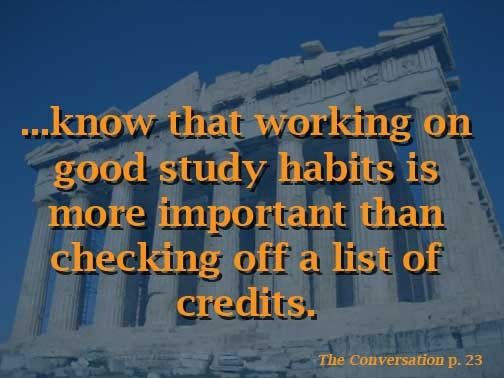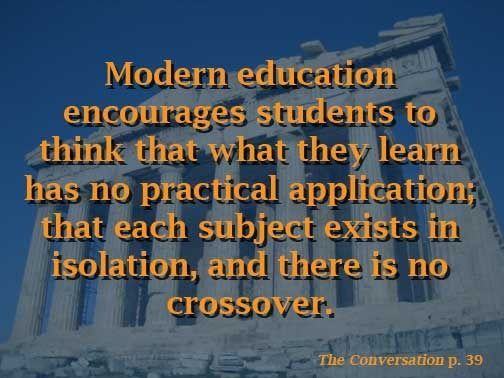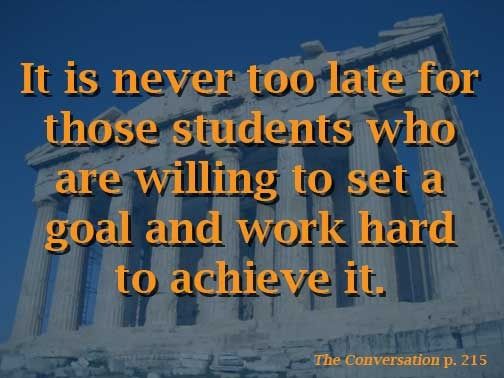I’ve always like to tie my son’s reading books to the period of history we’re studying. This year we’re headed all the way back to the beginning and going through the crucifixion. Here are the books that’s I’ve pulled from our shelves—most of these are old books that I’ve rescued from sales.
Dinosaurs of Eden by Hen Ham—This is the one book I bought new, when Mr. Ham was speaking at our church It covers the creation (not evolution) of dinosaurs on Day Six, explains how dinosaurs could fit on the ark, and how dinosaurs and man lived at the same time. Clearly a biblical worldview.
Men and Gods by Rex Warner—I just picked this up last weekend at a YMCA sale. It’s Roman mythology as the gods have names like Jupiter and Venus. I see Jason and the Golden Fleece, the Labors of Hercules, Midas, Echo & Narcissus, and more. I’m interested in one chapter called the Great Flood—to see how it correlates to the Biblical account. We probably won’t read all the stories, just get a good sampling.
The Iliad and The Odyssey of Homer retold by Alfred Church. I know one Mystery of History lesson covers Homer and another covers the legend of the Trojan War. Church has taken the epic poems and rewritten them as prose for boys and girls.
Archimedes and the Door of Science by Jeanne Bendick---The book is part history and part science. It covers Archimedes’ famous buoyancy discover (remember he ran outside naked and yelling “Eureka!”) buy also his work with math and measuring a circle ( pi ).
Pyramid by David Macauley—We have a whole slew of Macauley’s books: Castle, Cathedral, Mosque, etc. We’ve got some that have been reissued and redrawn in color, but I really love the original black and white line drawings. This year we’ll use Pyramid.
The Pharaohs of Ancient Egypt by Elizabeth Payne—You didn’t think I was going to get through this list without a Landmark Book title, did you? This is one of the few books in the series with photographs of many ancient sites. The book covers Cheops, Hatshepsut, Thutmose, Akhnaton, and Ramses, but it also covers the archeologists that uncovered the treasures starting with Napoleon’s army and the Rosetta stone and of course Howard Carter and King Tut’s tomb.
Alexander the Great by John Gunther—my second Landmark book. We obviously won’t be watching the Hollywood film so I’m glad to have my copy of this book. If you enjoy used book sales NEVER PASS UP A LANDMARK BOOK!
The Bronze Bow by Elizabeth George—This Newberry Medal winner will round out our year since it takes place at the end of our time period.
 Last year I did a little experiment when it came to canning applesauce. When I stopped to buy lids, I saw a box touting reusable plastic lids. I bought a set of 12 and tried them—and they worked! I got seals with all 10 jars I canned. I even managed a seal when I accidentally used two of the rubber rings on the same jar.
Last year I did a little experiment when it came to canning applesauce. When I stopped to buy lids, I saw a box touting reusable plastic lids. I bought a set of 12 and tried them—and they worked! I got seals with all 10 jars I canned. I even managed a seal when I accidentally used two of the rubber rings on the same jar.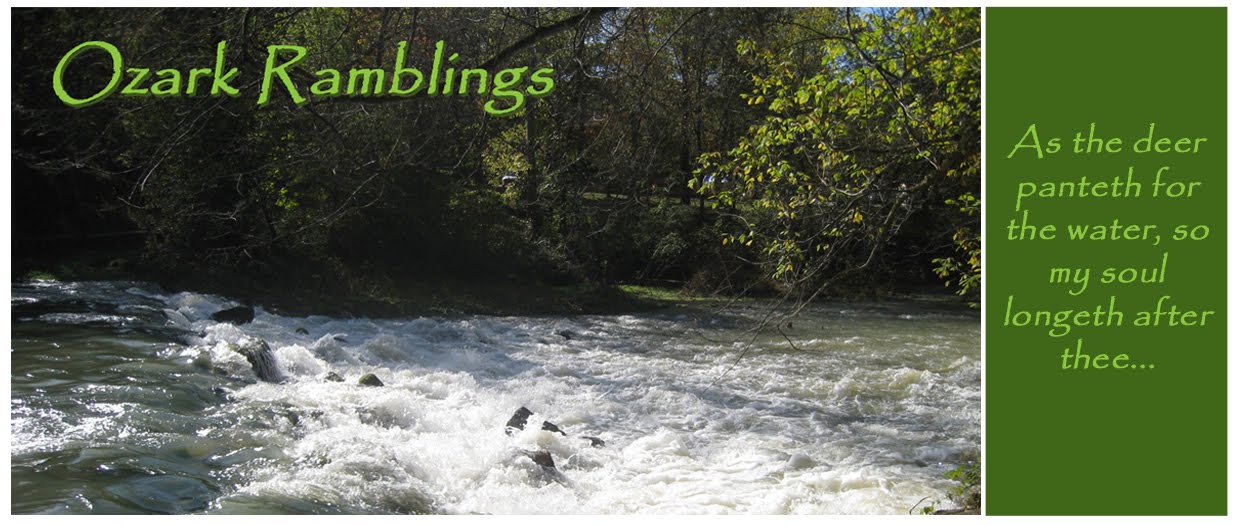

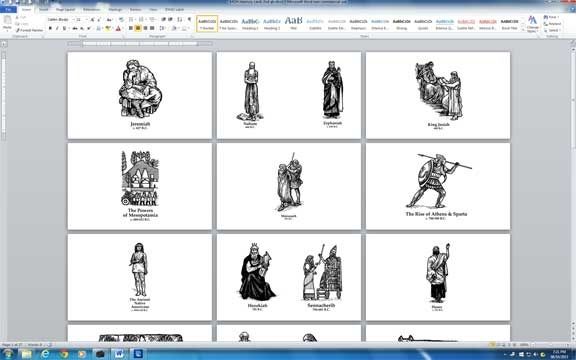
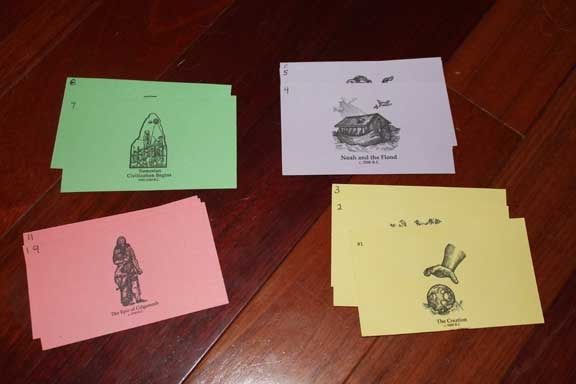
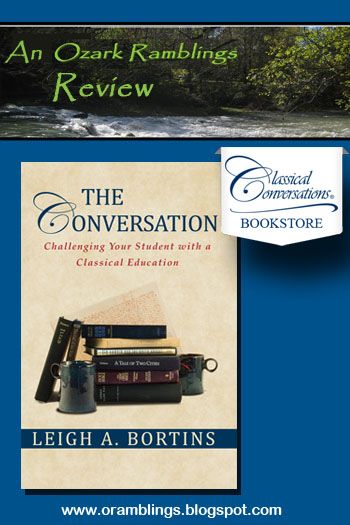 We’ve now reached the halfway point in our homeschool journey (actually past half way if you consider kindergarten). I hesitate to use the term “over the hump” because that implies an easy downhill slide to the end and with middle school and high school still ahead I think we’d all agree we’re not going to be coasting to graduation. In fact several of my friends are too intimidated to continue teaching their kids at home. That’s why I was thrilled with the opportunity to read
We’ve now reached the halfway point in our homeschool journey (actually past half way if you consider kindergarten). I hesitate to use the term “over the hump” because that implies an easy downhill slide to the end and with middle school and high school still ahead I think we’d all agree we’re not going to be coasting to graduation. In fact several of my friends are too intimidated to continue teaching their kids at home. That’s why I was thrilled with the opportunity to read 